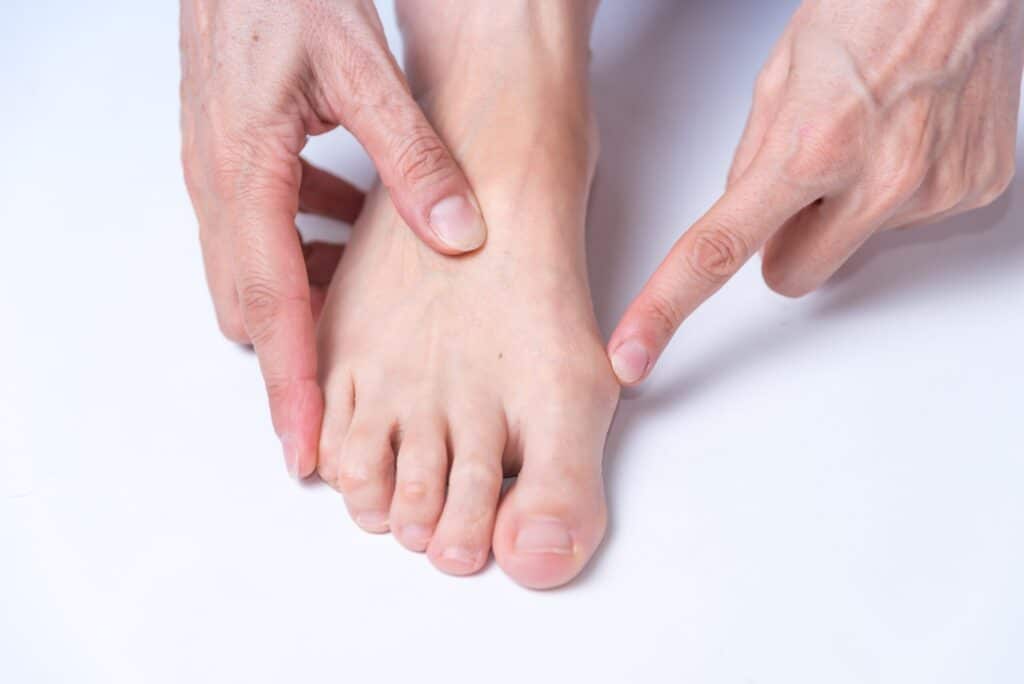
Many people assume a bunion is just a harmless bump on the side of the foot. But that isn’t always the case. Bunions can become painful, limit mobility, and disrupt daily activities. Knowing when a bunion has progressed beyond a cosmetic issue can help you get treatment before the condition worsens.
Well known for her expertise in foot and ankle conditions, Dr. Irene Labib, DPM, MS, FACFAS, is a board-certified podiatric surgeon who brings advanced training from a Level I trauma center to every patient interaction. From innovative surgical solutions to effective nonsurgical strategies, Dr. Labib creates personalized care plans using in-office diagnostics and the most up-to-date advancements in podiatric medicine.
How Do You Know if a Bunion Is Getting Worse?
As bunions develop, they can shift from a mild annoyance to a serious orthopedic issue. Watch for these signs:
- Persistent or sharp pain: Pain that doesn’t go away or worsens after walking.
- Swelling or redness: Visible inflammation around the joint.
- Shoe discomfort: Difficulty fitting into shoes that used to fit.
- Limited movement: Stiffness or trouble bending the big toe.
If you experience these changes, it’s time to seek professional care.
Signs a Bunion Needs Surgery
While not all bunions require surgery, certain symptoms may indicate a more serious problem:
- Toe drift: The big toe turns inward toward the second toe.
- Visible deformity: The bump becomes larger or more pronounced.
- Joint damage: X-rays reveal bone changes in the joint.
- Failed conservative treatments: Pain persists despite footwear changes, splints, or physical therapy.
Surgical options can relieve pain and correct alignment when other treatments no longer work.
When to Visit a Foot Doctor for a Bunion
Early treatment can prevent bunions from getting worse. Schedule an appointment if you notice any of the following:
- Recurring foot pain: Pain during everyday activities.
- Changes in foot shape: Altered appearance of the toe joint.
- Balance or walking issues: Shifting weight to avoid pressure on the bunion.
- Chronic skin irritation: Corns, calluses, or blisters forming due to toe overlap.
Prompt evaluation can lead to more treatment options and quicker relief.
Explore Expert Bunion Treatment in Union, NJ
If your bunion has gone beyond a bump, the Union County Orthopaedic Group team can help. Dr. Labib and the team offer specialized care, from orthotics to advanced bunion surgery. Call 908-486-1111 to speak with a foot and ankle specialist in Union, NJ, and find relief from bunion pain today.